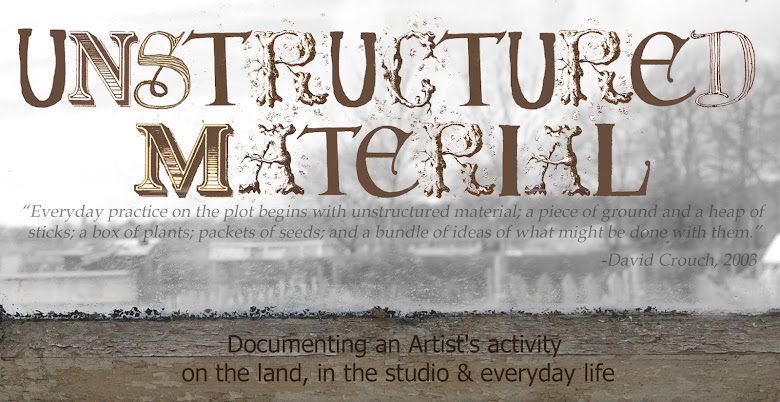Wildheart Gathering happened at the beginning of May, in
west Sussex. Alongside delivering workshops at the festival I was able to experience
some workshops on offer. I came away armed with new practical knowledge and
feeling refreshed & inspired at the relevance and importance of the topics covered
in the workshops. Highlights included ‘Sacred Economics’ a talk &
discussion, based on the writing of Charles Eisenstein, about the history of
money from ancient gift economies to modern capitalism, and how we can now
begin to transition to a more connected, ecological, and sustainable way of
being/living. More on sacred economics here.
A ‘Connecting to nature’ workshop lead by Thomas Schorr-kon, from Trackways, included discussions about the healing properties of English Plantain/Ribwort Palntain (Plantago lanceolata), in particular it’s numbing action when crushed and rubbed on bites and stings and I have since been spotting an abundance of it , and intend to make use of the leaves in a herbal tea, after drying.
The workshop also included techniques based on ‘stalking’ which included an activity of learning how to walk within in the natural environment quietly, causing no disruption to wildlife- learning to ‘blend’ with nature . We also did blindfolded plant identification- identifying if a plant leaf was edible/poisonous from it being placed in our hands with our eyes closed and using communication techniques. These activities really focussed the mind and demonstrated two of many techniques on how to re-connect with the natural world.
I also got involved with a permaculture & forest garden
talk, which included a forage in the nearby woodland. ..Below are some of the
plants and trees we were able to find, sample and discuss...
HAWTHORN
Hawthorn is the flower associated with the coming of spring
and the Beltane festival that is celebrated at Wildheart; sure enough the young
buds were bursting into flower on some of the trees on the site. The eating of
the young flower buds and young leaves – traditionally known as ‘bread and
cheese’ by schoolchildren who would pick these to eat on the way to school in
days gone by. I recall planting a hawthorn hedge when at primary school, and helped
with planting around 100 plants around the perimeter of the local community
allotment last month. I now feel a
familiarity with the Hawthorn. Last September I attended my first Wildheart
gathering and on a wild food walk was introduced to picking & eating
hawthorn berries. I picked berries from the site and returned home to make
fruit leathers, which have been nibbled on throughout the winter months. I also
sourced an abundance of berries from Hanley Park, and have since returned to
the same trees to gather leaves for early summer salads & flowers to make a
herbal tincture with. There are ways of
foraging in the city, it is simply getting to know exactly what you are picking
and being sure it is safe, in an unsprayed, unpolluted area.
 | ||||
| HANLEY HAWTHORN Picking the flowers, the flowers in a net bag carrying & the picked flowers & leaves in a bowl for processing. |
I now can recognise a lime tree thanks to the walk with a forage workshop, at Wildheart. Once you have interacted with a tree you begin to see them everywhere and realise the abundance of potential food, salads, and teas around us daily. The main feature I now look for when identifying a lime is the clustered growth of young shoots from the bottom of the tree. The lime has light green heart shaped leaves with serrated edges. You can eat lime leaves in salads, but I’m holding off and waiting for the sweet-scented lime flowers to make an appearance in July, I want to dry these to make a calming & restorative lime flower (or linden blossom) tea.
 |
| Lime |
NETTLE
I regularly pick nettles from my garden or wherever else I
find them, and make tea, use them instead of spinach in dishes or make nettle
soup. We were shown how to pick fresh nettle without them stinging, by
approaching the leaf from the underside, with confidence & firmness! Also, how
to eat them raw by rolling and chewing with the molars. A fun experiment. Even
when Nettles do sting, it’s not so bad- but a good tip is to beak the stem and
use the juice within the stem to rub onto the skin- this juice contains the
antidote to the sting.
We also identified, picked and tasted ground ivy, &
beech leaves.
I will be returning to the next gathering in September…


No comments:
Post a Comment